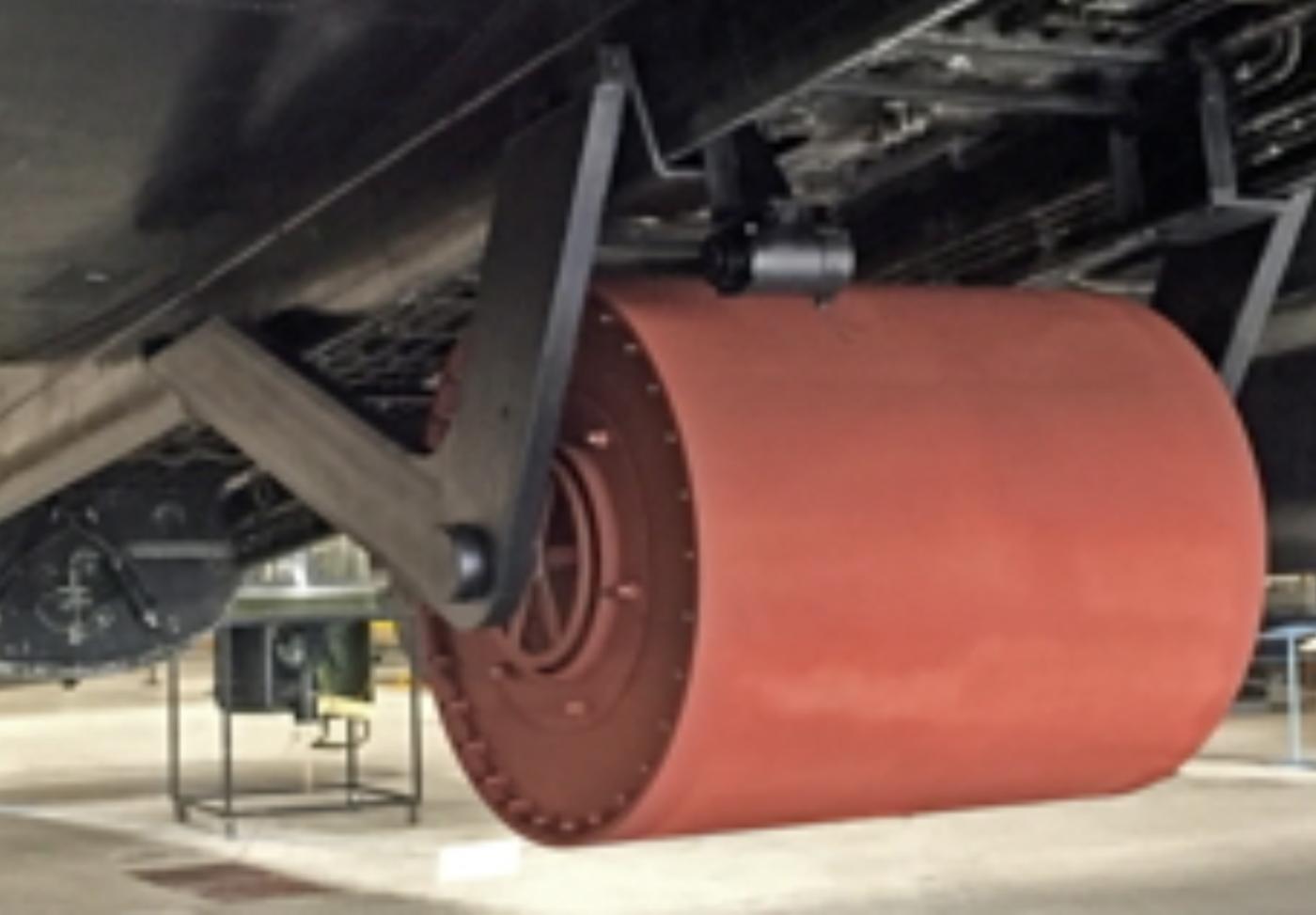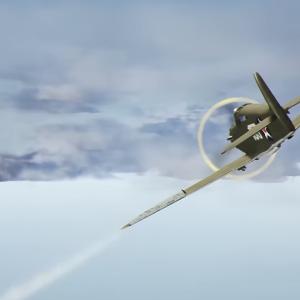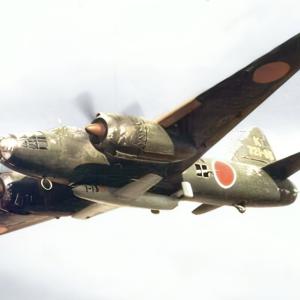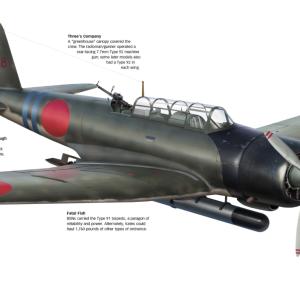
Upkeep bomb
The Upkeep bouncing bomb was a revolutionary British invention developed in great secrecy during World War II for a strategic assault on Germany’s industrial infrastructure. Its purpose was to breach key dams in the Ruhr Valley, which supplied water and hydroelectric power to the German war effort. Conceived by British engineer Barnes Wallis, the bomb introduced a completely new concept in military ordnance.
Traditional bombs had proven ineffective against large dams. High-altitude bombing lacked precision, and underwater torpedoes were thwarted by anti-torpedo nets. Wallis devised an innovative solution: a cylindrical bomb that could skip across the surface of the water like a skipping stone, strike the dam wall, and then sink, detonating at a specific depth to cause maximum hydraulic damage.
The Upkeep bomb was a steel-encased cylinder weighing approximately 9,250 pounds. It operated on a principle that combined aerodynamics, hydrodynamics, and precise engineering. Prior to being released, the bomb was spun in reverse at around 500 revolutions per minute. This backspin helped to stabilize its trajectory, allowed it to bounce over the water surface, and ensured that once it struck the dam, it would roll downward along the wall before exploding.
Precision was essential to the bomb’s effectiveness. Aircraft had to fly extremely low—just 60 feet above the water—at a speed of about 240 miles per hour. This was especially challenging during night operations. To maintain the exact altitude, pilots used a pair of converging spotlights mounted under the aircraft. When the two light beams met on the water’s surface, the pilot knew the correct height had been reached.
The bomb was designed to detonate at a depth of 30 feet, triggered by a hydrostatic fuse. When it exploded, the underwater blast produced a powerful shockwave capable of breaching even the most heavily reinforced concrete dam walls.
To carry and deploy the bomb, a small fleet of Avro Lancaster heavy bombers was specially modified. The bomb bay doors were removed to accommodate the large cylindrical bomb, and a custom mounting system was installed to allow it to be spun before release. These aircraft, though few in number, were crucial to the mission and represented the best of British innovation, engineering, and courage.










